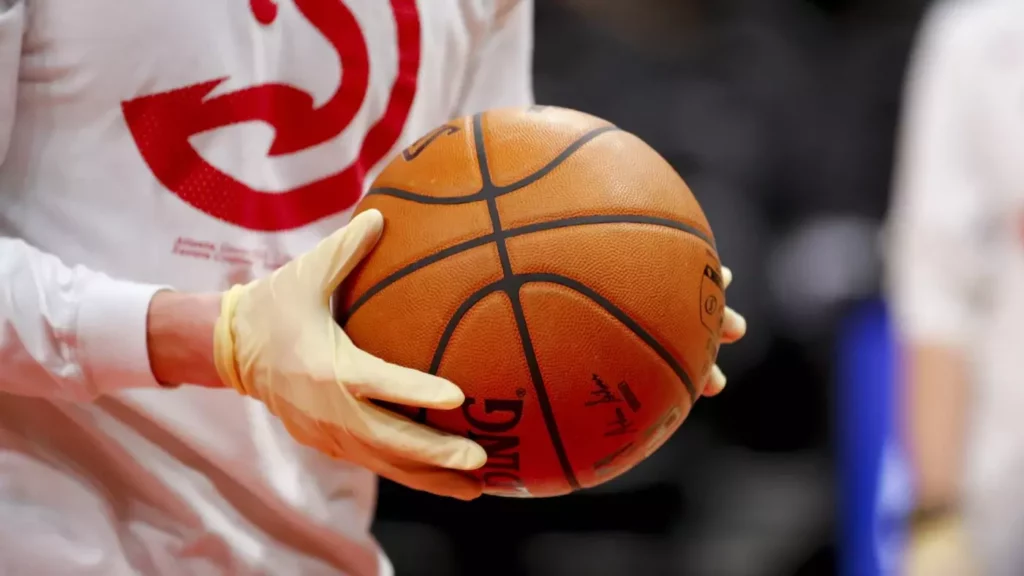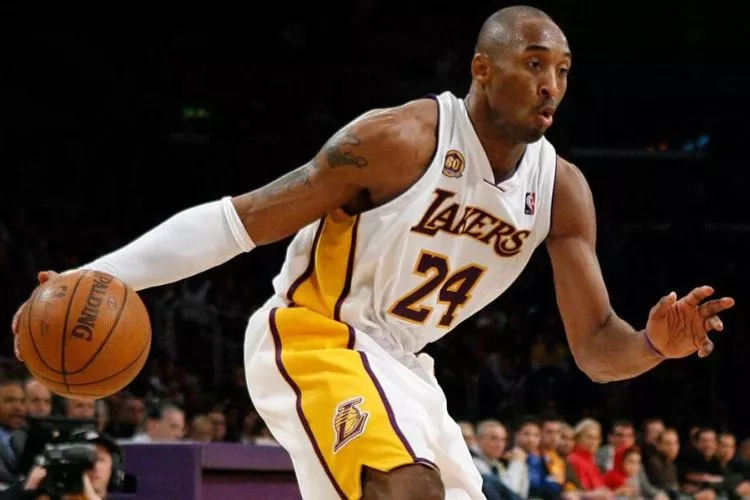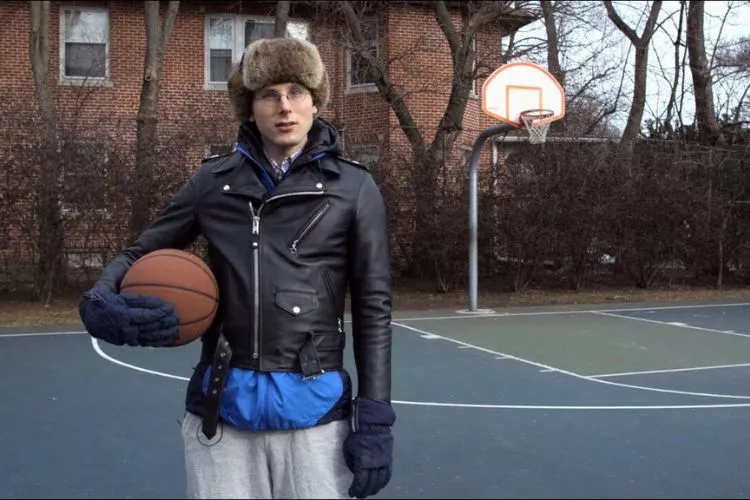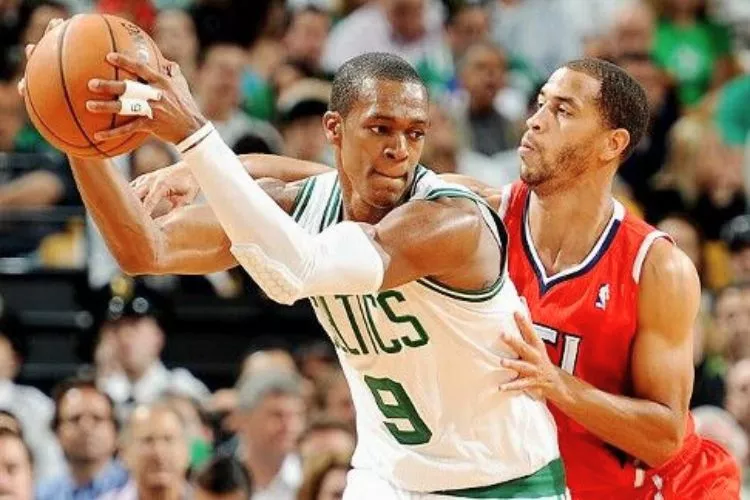In basketball’s fast-paced and highly competitive world, athletes utilize every possible element to gain an edge over their competitors.
One topic that often provokes wide-ranging debates is court attire, particularly the use of gloves.
So, can you wear gloves in a basketball game? Does it offer any significant advantage or disadvantage?
This article aims to delve into the subject, scrutinizing the rules and discussing the potential impact of gloves on overall performance.

Let’s dribble through the arguments in the not-so-black-and-white world of basketball gloves.
Can you wear gloves in basketball?
Yes, you can wear gloves in basketball, as long as they adhere to the game’s regulations. According to the official FIBA equipment rules, basketball gloves are permitted if they are fingerless and made of a soft, unicolored material.
The gloves should not cover any part of the lower arm, maintaining a focus on the sport’s natural hand dexterity.
While wearing gloves could offer benefits such as improved grip and injury protection, they are not a commonly used accessory in the sport. This is mainly because basketball emphasizes ball handling skills, which are best honed with bare hands.
Moreover, gloves might compromise precise control and tactile feedback, limiting intricate dribbling moves. Thus, while basketball gloves are allowed within specific guidelines, athletes typically prefer to rely on their natural abilities and appropriate training methods to excel in the sport.
Why do basketball players not wear gloves?
Basketball players typically do not wear gloves for several reasons.

- Dexterity and Tactility: Basketball requires a lot of finger dexterity and tactile feel for shooting, dribbling, and passing the ball. Wearing gloves can inhibit these sensations, making it harder to have a “feel” of the ball.
- Ball Control: Bare hands provide better control over the ball. Gloves might mask a player’s ability to feel the ball in their hands, which can compromise intricate dribbling and shooting techniques.
- Grip: Although you might think gloves provide a better grip, bare, sweaty hands create a better hold on the ball. The grip might decrease when wearing gloves.
- Tradition and training: Basketball players train without gloves, and games have always been played without them. Gloves fundamentally change how players handle the ball, which can be problematic if they aren’t used to it.
- Compliance with Rules: While FIBA and NBA rules allow gloves (provided they are unicolored and fingerless), these aren’t widely used, and some local leagues might have more stringent rules.
- Injury Factor: Gloves might increase the risk of finger and hand injuries by creating unnatural movements or causing a false sense of security.
In conclusion, while wearing gloves in basketball isn’t banned, they are generally avoided for the above reasons. It’s important to note that the choice ultimately depends on individual player preferences and comfort.
Multiple factors, including control, grip, tactile feedback, personal comfort, and compliance with local rules, inform players’ decision to don or forego gloves.
How do you play basketball in cold weather?
Playing basketball in cold weather poses unique challenges – from stiffness due to cold muscles to slick court conditions. Here are some tips to help you enjoy a game when the temperature drops:

- Warm-up Properly: Starting with a solid warm-up is crucial to loosen your muscles and prepare them for action. It raises your body temperature and reduces the risk of injury.
- Dress Appropriately: To combat the cold, layer your clothing. Start with a moisture-wicking base layer to keep sweat off your skin. Add a light, insulating middle layer, and finish with an outer layer that blocks the wind and repels moisture. Avoid heavy, cotton clothing, which can get wet and chill your body when you sweat.
- Keep Hands and Feet Warm: Invest in good quality, insulated socks, and consider wearing thin gloves to keep your fingers agile. Hand and foot warmers can also be beneficial.
- Stay Hydrated: Even in cold weather, your body loses water through sweat. Hydrate before, during, and after the game.
- Ensure the Court is Safe: Cold weather risks slippery surfaces, especially in outdoor courts. Make sure the playing surface is clean and dry to prevent falls.
- Basketball Care: Basketball may lose air in the cold; check and adjust the pressure before playing. Leather basketballs can become hard and slick in cold weather, so use a rubber or synthetic ball to combat this issue.
Remember, playing basketball in cold weather requires additional preparation and caution compared to indoor or warm weather play.
How cold is too cold for sports?
The specific temperature at which it becomes too cold to play sports can vary widely depending on the specific sport, the individual’s physical condition, and various environmental factors.
However, A general rule is that it becomes potentially unsafe to play outdoor sports when the temperature drops below freezing (32°F or 0°C), especially in windy conditions. When the temperature is below freezing, the risk of hypothermia and frostbite significantly increases.
Although health professionals suggest there is no definitive too-cold-for-exercise temperature, they advise that individuals should avoid exercising outdoors when the temperature drops below -15°F (-26°C).
This is because the risk of cold-weather injuries such as frostbite and hypothermia intensifies in sub-zero temperatures. Moreover, the wind chill feels even colder than the actual temperature, further exacerbating the risk.
At these low temperatures, paying attention to local weather forecasts and warnings is crucial, and you should always consider your individual tolerance to cold weather. Remember, preparation and prevention are key to safely exercising in cold temperatures.
Please note these are general precautions, and it’s always recommended to consult with a healthcare provider or sports professional for personalized advice.
Why do NBA players tape their fingers together?
NBA players tape their fingers together for a combination of reasons.

- Injury Prevention: Taping the fingers together provides additional support and prevents hyperextension – a common occurrence during a game due to the nature of the sport, which involves rigorous hand movements and ball-handling.
- Reinforcement of Injured Fingers: If players experience an injury like a sprained or dislocated finger, taping can secure it to a healthy finger for added support, essentially using it as a splint. This approach, known as buddy taping, can allow a player to continue participating in the game while lessening the chance of further injuring the affected digit.
- Boost Performance: Additionally, the tape can improve grip on the ball, enhancing overall performance.
- Pain/Ease Swelling: Tape can help alleviate pain and control swelling of an injured or overworked finger.
Taping should be done by a professional or under the guidance of a qualified person to ensure proper technique and avoid additional complications.
Conclusion:
While it is not explicitly prohibited in the official basketball rules, wearing gloves in a competitive basketball game is atypical and can potentially interfere with the game’s intrinsic skill set.
For recreational or training purposes, gloves may be worn for better grip or to protect the hands. It’s crucial, however, to respect the spirit of the game and the individual regulations of leagues or tournaments you may participate in.
Practices may slightly vary, but the essence of basketball remains a bare-handed sport.
